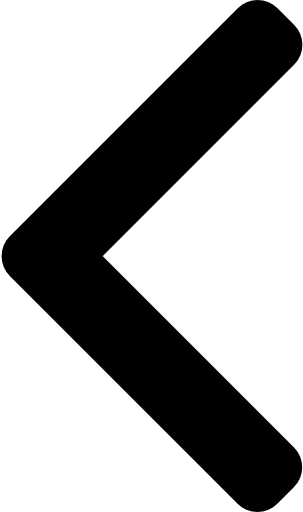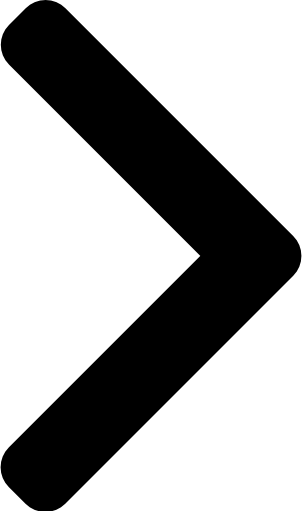Russian Localization of NAV 2016 for General Ledger: Turnover Sheets
 Alexander Ermakov
Alexander Ermakov
When you deal with a roll-out of international project to Russia, you will certainly face a requirement to have so-called "Turnover Sheets" in financial department. They are inevitable tools for each Russian accountant, and are used on a daily basis for all routine analysis operations.
For each balance sheet item in Russian localization there is this "Turnover Sheet", which makes financial analysis of the balance sheet accounts and its structure a way easier that in standard W1 version.
The main turnover sheet is, of course, G/L Turnover Sheet, available at CRONUS ***/Departments/Financial Management/General Ledger/Turnover in Tasks section page:
This page is built on the G/L Entry table and presents to the user the list of accounts (the same as the Chart of Accounts page, but with one significant difference). While standard Chart of Accounts page would show you just a Net Change and Ending Balance at the selected period, the Turnover page shows you Starting Balance at the period you selected, separately Debit amounts and Credit Amounts for each account, and Ending Balance at the selected date range.
In Russia, where many accounts are used both for Debit and Credit operations, and being both active and passive (they can have both negative and positive ending balance), this is a way more convenient for a financial user, and allows to rapidly answer for such questions as:
- How much money had we paid during a period? - Credit of bank account
- What is the amount of items we had purchased within a period and what is the ending balance in stock? - Debit of stock account
- How much receivables had been closed during the selected period? - Credit of accounts receivable
- What is the COGS for the sales we made within a period? - Debit of COGS account
and a lot more - all from just one page without any additional button clicks!
You can as well drill down to all the figures to get the list of G/L records behind it.
Moreover, almost all other balance sheet items have their turnover sheets:
- Fixed Assets Turnover Sheet
- Items Turnover Sheet
- Suppliers Turnover Sheet
- Customers Turnover Sheet
All of them, except for Items, are built on the G/L Entry table and use Source No. field to filter out the needed amounts. That is, when you run e.g. Customer Turnover Sheet (available at ***/Departments/Financial Management/Receivables/Turnover), you get a list of all customers with opening balance for the period, debit turnover, credit turnover and ending balance, with the ability to filter out by certain posting account:
You should always select certain needed receivables account, as this Turnover page is built on the G/L Entry table using Source No. field, where the Customer No. is written during the posting process. Thus, if you would leave the G/L Account filter blank, the ending balance in this Turnover page for this customer would always be zero, as the same Customer No. is written to all the accounts for one transaction to Source No. field in G/L Entry table (and as you know, within one transaction Debit amount always equals Credit amount :-) ).
So, if you have in your G/L receivables account the ending balance, you can run the Customer Turnover Sheet and break down this figure by customer ending amounts, selecting the same G/L Account in the Turnover page filter. Moreover, you can here see how receivables were paid (Credit turnover by customer) or increased (Debit turnover by customer). Drill down to each figure to see the documents behind. Amazingly convenient!
If you check Item Turnover Sheet, it would grant you even more information. You will get the possibility to analyze Debit (= increase) and Credit (= decrease) turnover of items by both quantity and amounts within the same page!
Go to ***/Departments/Financial Management/Inventory/Item G/L Turnover in Tasks section, and you will see a marvelous page, showing all the items you have in your company, with opening balance, debit and credit turnovers, ending balance - separately by quantity and by amount:
Thus, you are able to understand very quickly how many items arrived and were used, and what was their amounts; you can check for items with positive ending quantity but without amounts so you can find uninvoiced items, and much more - use standard filters to select by locations or posting groups, filter out the date range and search for certain items. This page is built on the Value Entry table and allows you to have full control over your stock movements on one page with few clicks!




 Like
Like Report
Report
*This post is locked for comments